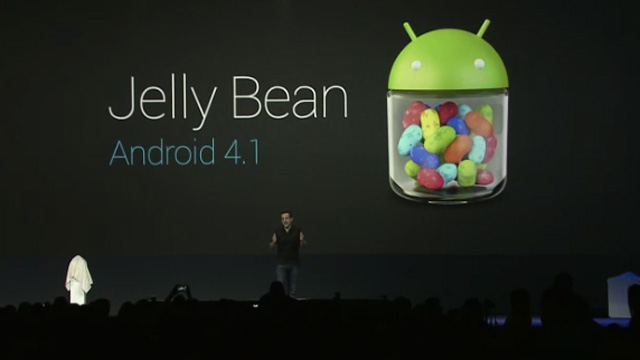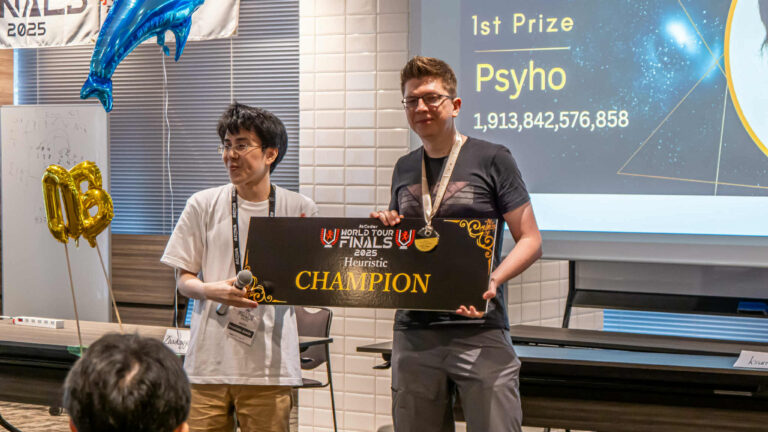Google announced Android 4.1 at Google I/O today. With "Project Butter," the operating system has become faster and smoother, with an emphasis on smooth animations throughout.
The company has added what it calls "delightful improvements" to make the platform more pleasurable to use. Widget organization on the home screens has been enhanced with automatic repositioning and resizing, text input has been enhanced with a keyboard that predicts what you're typing before you even type it, and the operating system includes offline speech recognition.
Searching has also been extensively expanded, with rich semantic information courtesy of Google's knowledge graph, natural language voice search, and "Google Now," an automatic contextual search service that will tell you about appointments, flights, your daily commute, or anything else that you've recently searched for.
In "Project Butter," Google has worked to improve graphical performance and touch responsiveness. On the graphics side, Android is now v-synced at 60 frames a second, with triple-buffered graphics. The result is that scrolling, paging, and animations are all smoother and consistent.
To make touch feel better, Google is making it anticipatory, so that the touch data applications receive corresponds to where fingers will be the next time the screen is redrawn. This means that apps won't have to be one step behind where the user's fingers actually are. Jelly Bean will also immediately ramp CPUs to their full speed whenever touch interaction is detected. This avoids lag caused by slower processing when the CPUs are in low power modes.
For developers, the Jelly Bean SDK will include a new profiling tool, systrace, that provides a clear visualization of their applications' use of the CPU, GPU, and other system components, so that bottlenecks can be more readily identified and resolved.
Google showed off a handful of user interface improvements that it says will make using Android 4.1 more pleasing and will make the operating system accessible to more markets and more users.

 Loading comments...
Loading comments...
